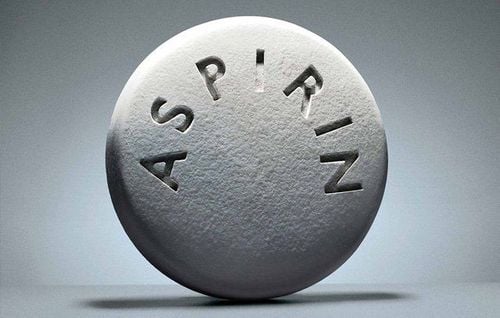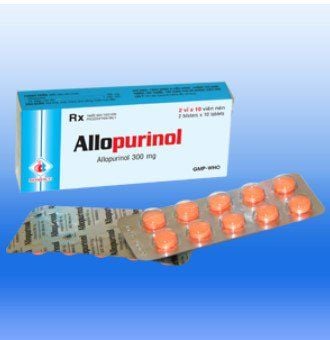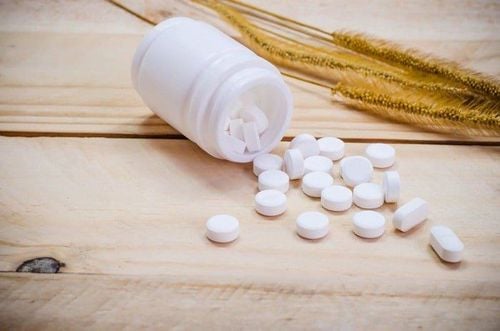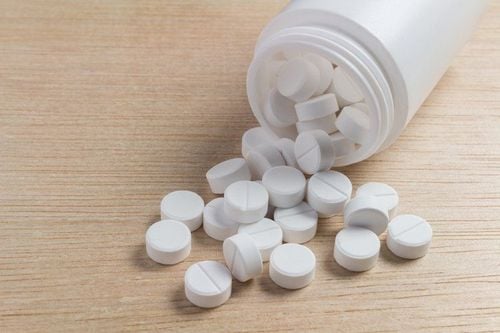This is an automatically translated article.
The article is professionally consulted by Pharmacist, Dr. Phan Quynh Lan - Director of Pharmacy Department of Vinmec Health System - Head of Pharmacy Department, Vinmec Times City International General Hospital.
Paracetamol is a pain reliever and fever reducer commonly used in the treatment of headache, muscle pain, joint pain, back pain, toothache, flu... The following article will help us better understand the effects. use of Paracetamol.
1. Effects of Paracetamol
Paracetamol (also known as Acetaminophen) is an active ingredient that relieves pain and reduces fever. In addition, Paracetamol is an effective pain reliever alternative to Aspirin, but Paracetamol does not have the same anti-inflammatory effect as Aspirin.
Paracetamol is often indicated for the treatment of mild to moderate pain and fever such as headache, muscle pain, joint pain, backache, toothache, fever... If you have mild arthritis, in more severe cases such as inflammation of the joints, the use of Paracetamol will not be effective.
When using Paracetamol in treatment, the drug almost does not affect the cardiovascular and respiratory systems, does not affect the acid - base balance in the body, does not cause irritation or stomach bleeding as a medicine. drugs with the same effect.
The drug content commonly used for adults is Paracetamol 500mg.
2. Some commonly used forms and concentrations of Paracetamol
Oral ParacetamolTablets: 500 mg (Panadol 500 mg). Effervescent tablets: 500 mg content (Panadol effervescent 500 mg, Efferalgan 500 mg). Syrup: 160 mg/5 mL (Children's Tylenol Syrup), 120 mg/5 mL (Sara syrup 120 mg/5 mL). Powder for oral preparation: 80 mg (Efferalgan 80 mg pack), 150 mg (Efferalgan 150 mg, Hapacol 150 mg), 250 mg (250 mg Efferalgan, 250 mg Hapacol).
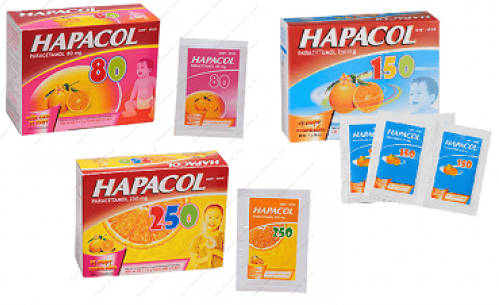
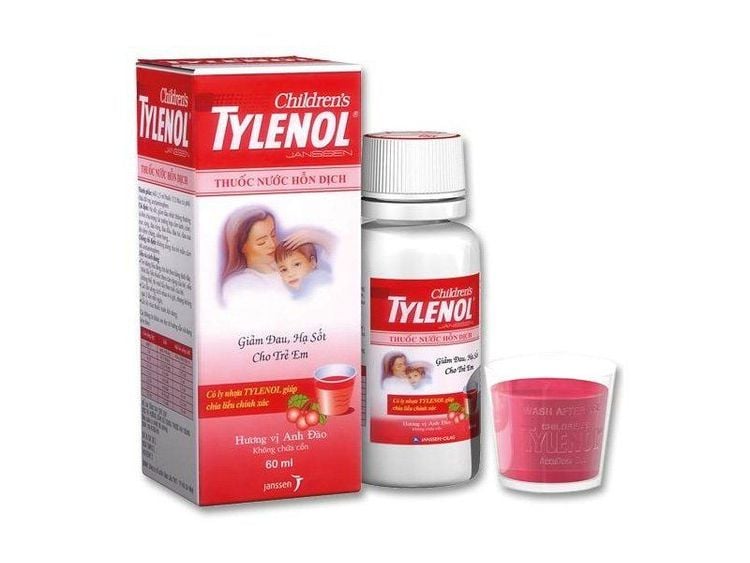
80 mg (Efferalgan 80 mg), 150 mg (150 mg Efferalgan), 300 mg (300 mg Efferalgan).
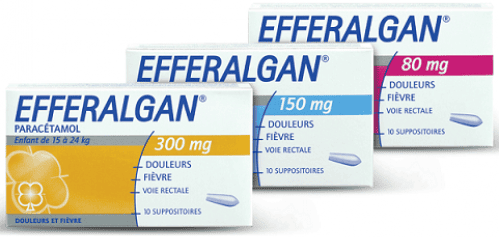
3. Instructions for using Paracetamol
In case of fever or pain relief for adults:
General dose: 325 - 650mg/dose every 4-6 hours or 1000mg every 6-8 hours orally or rectally. If using Paracetamol 500mg tablets: 1–2 tablets/dose 4-6 hours apart. In case of fever and pain relief for young children:
Dose 10-15 mg/kg/dose every 4-6 hours as needed (maximum 5 doses in 24 hours). For example: Children weighing 10 kg can take doses from 100 mg - 150 mg / time.
4. How to use Paracetamol
Pay attention to use Paracetamol as directed on the package or as directed by your doctor.
The maximum dose of Paracetamol allowed for adults is 4g (4000mg)/day.
Use the correct form of Paracetamol for children in case the patient is a child. Note: Do not arbitrarily give medicine to children under 2 years old without a doctor's prescription.
With liquid medicine: Use a spoon or specialized measuring device to measure the dose.
With chewable tablets, chew the tablet thoroughly before swallowing.
For Paracetamol disintegrating form: Keep hands dry when handling the tablet. Take care not to swallow the medicine whole, but let it dissolve in the mouth.
For Effervescent Paracetamol: dissolve one effervescent tablet with about 150-200 mL of water.
For Paracetamol powder for mixing: Mix with a sufficient amount of water about 5-10 mL to completely dissolve the powder.
For Paracetamol rectal: Note not to take the drug. Wash your hands thoroughly before or after applying the medicine and avoid going to the bathroom or showering after taking the medicine.
5. Precautions when using Paracetamol
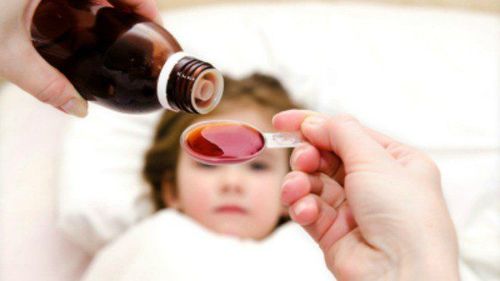
Do not exceed the recommended dose. Do not use paracetamol in case of allergy to acetaminophen or paracetamol. People with liver disease or a history of alcoholism, people with kidney disease need to consult a doctor before use. If it is not possible to visit in person, you can book a telemedicine appointment for consultation and appointment. Do not drink alcohol while taking the drug. Do not arbitrarily use any other medicine to treat cough, cold, allergy in combination with Paracetamol without a doctor's prescription or a pharmacist's instructions. The drug is safe to use in pregnant and lactating women. However, you should consult your doctor or pharmacist before using the drug. Stop taking Paracetamol and contact your doctor in the following cases:
Continued fever after 3 days of taking the medicine. Continued pain after 10 days of medication (or 5 days for children). The disease becomes more severe or new symptoms appear.
6. Some side effects of Paracetamol
In general, the drug is safe when used at the recommended dose. Using the drug in excess of the recommended dose can cause toxicity on the liver and kidneys with manifestations such as dark urine, clay-colored stools, yellow skin, yellow eyes, more dangerous can lead to death.
When using Paracetamol can cause some serious allergic reactions, manifested: rash, skin rash, swelling of the face, swelling of the lips, swelling of the tongue, swelling of the throat, difficulty breathing. If you experience the above symptoms, you should stop taking the medicine and notify your doctor.
Above is some information about the uses, how to use as well as some notes when using Paracetamol in the treatment of pain relief and fever reduction. Hopefully this article will help you better understand Paracetamol, thereby using the drug to treat the disease in the most effective way.
Please dial HOTLINE for more information or register for an appointment HERE. Download MyVinmec app to make appointments faster and to manage your bookings easily.





